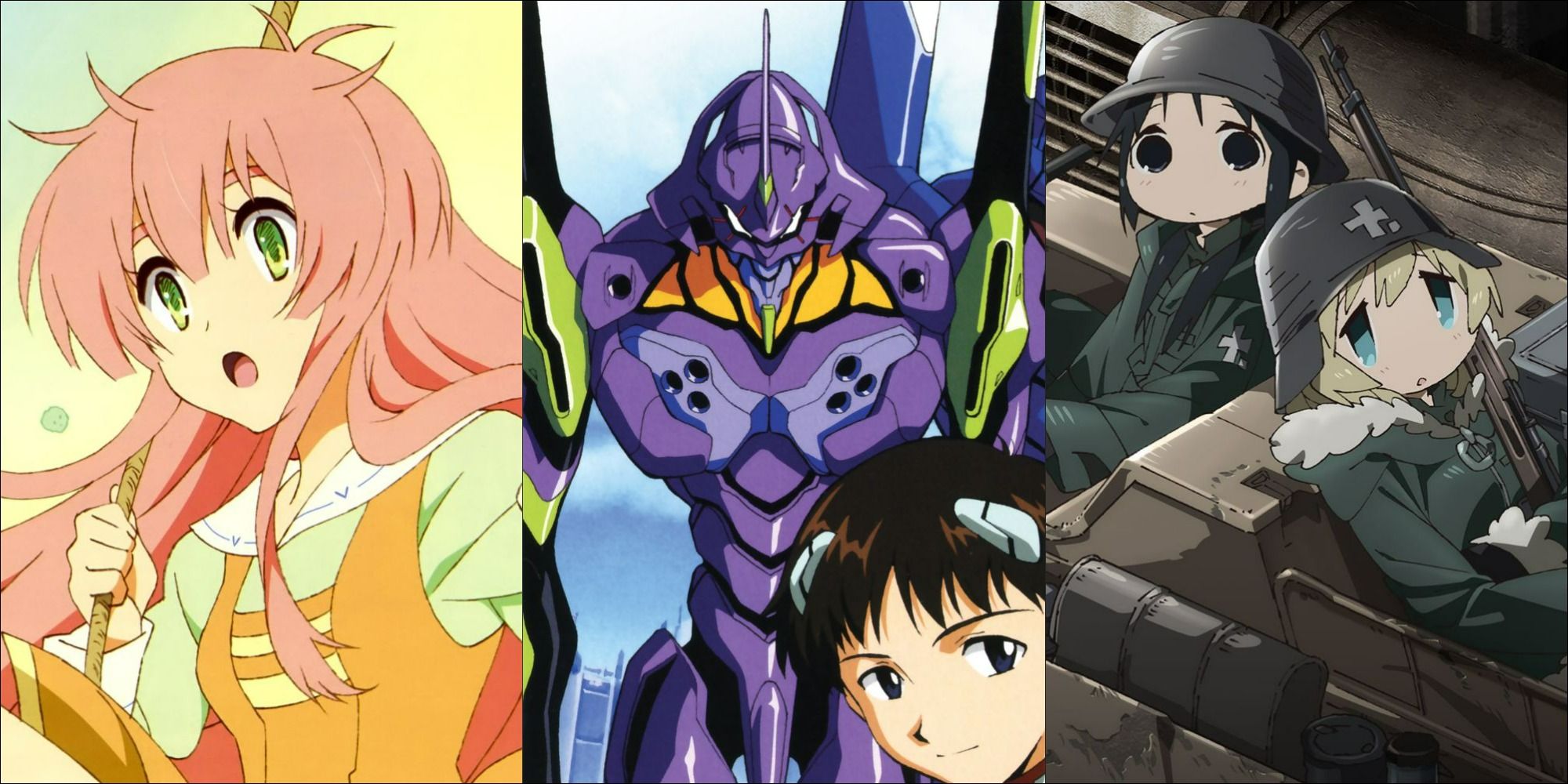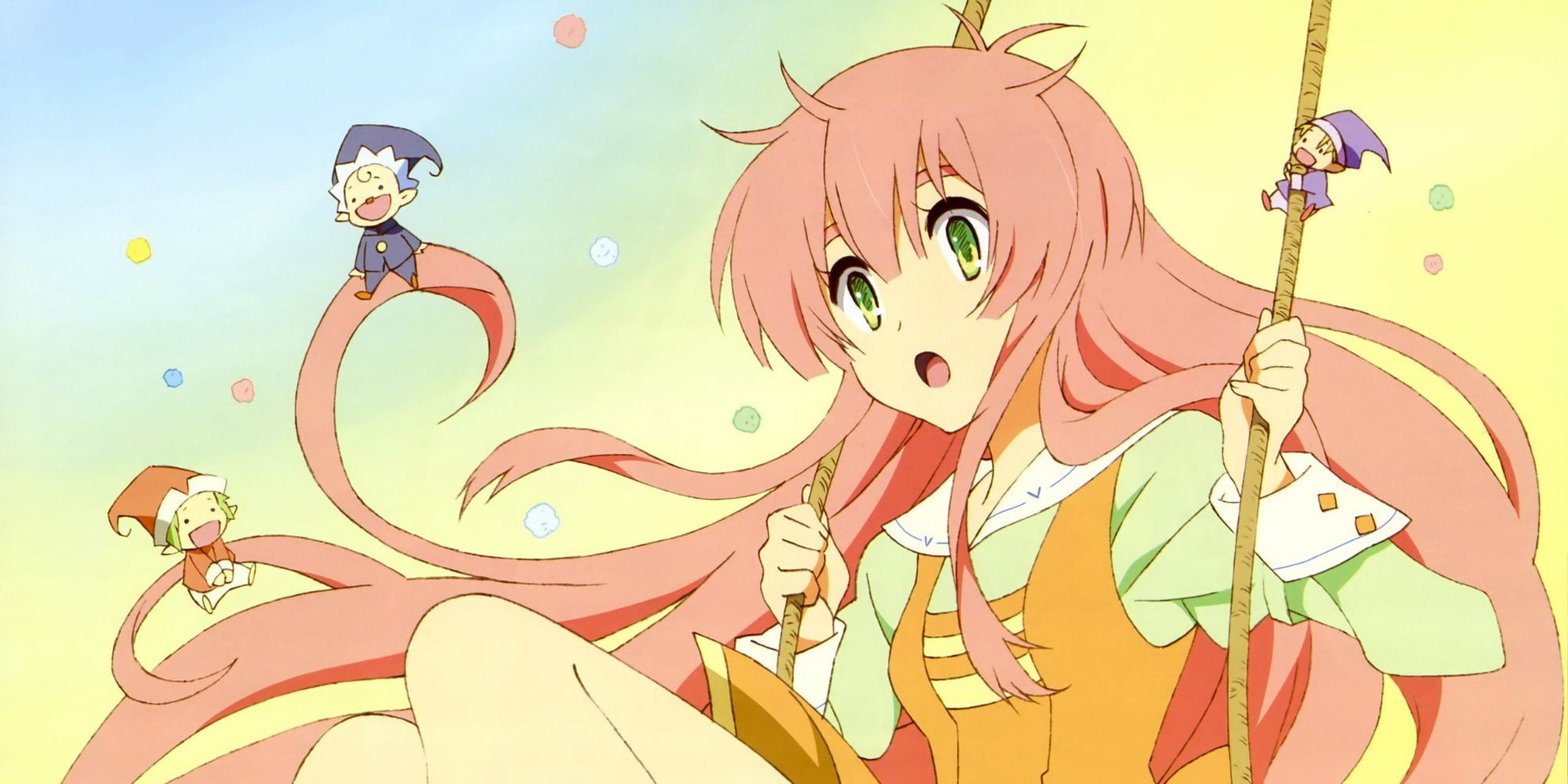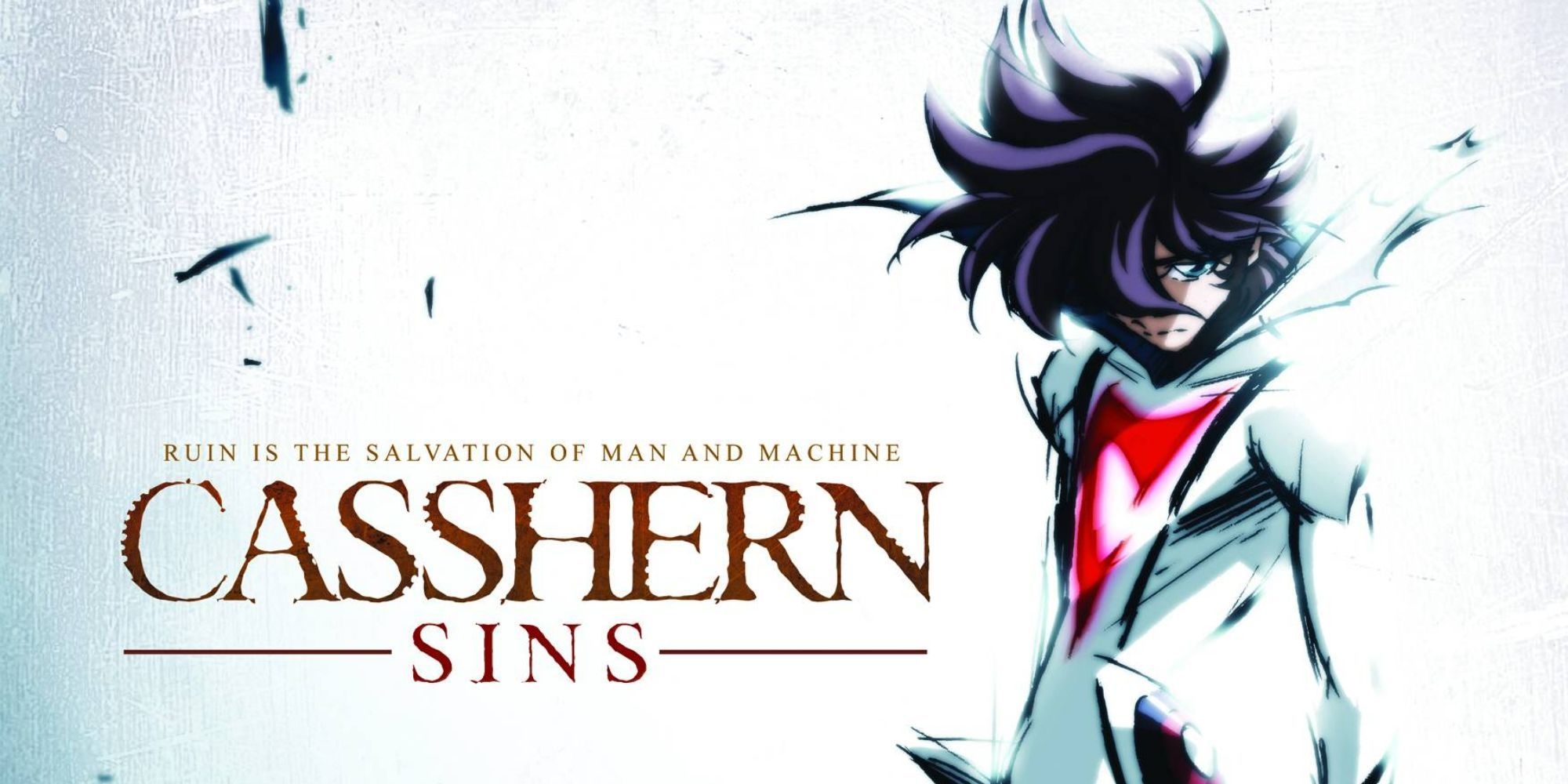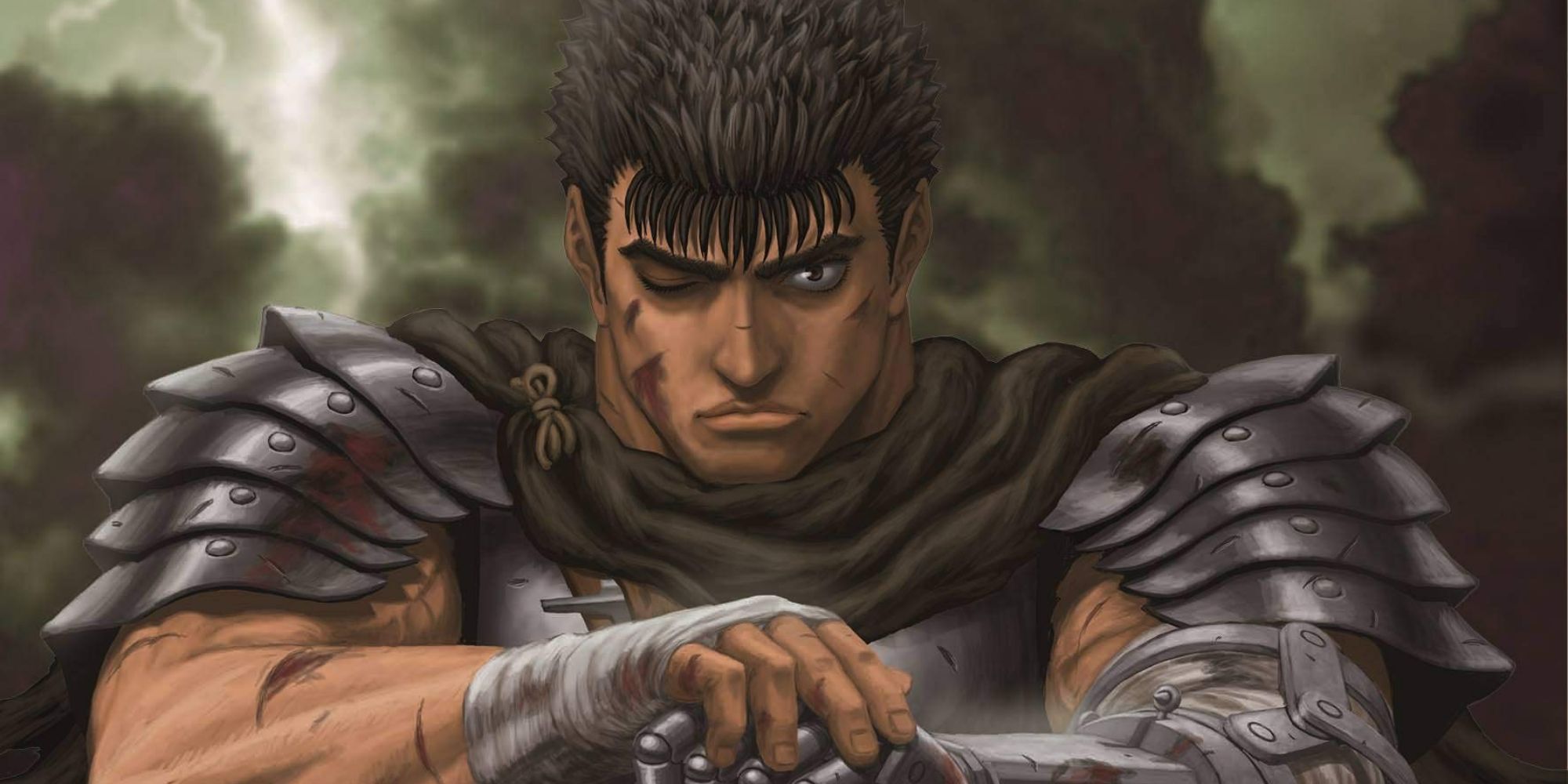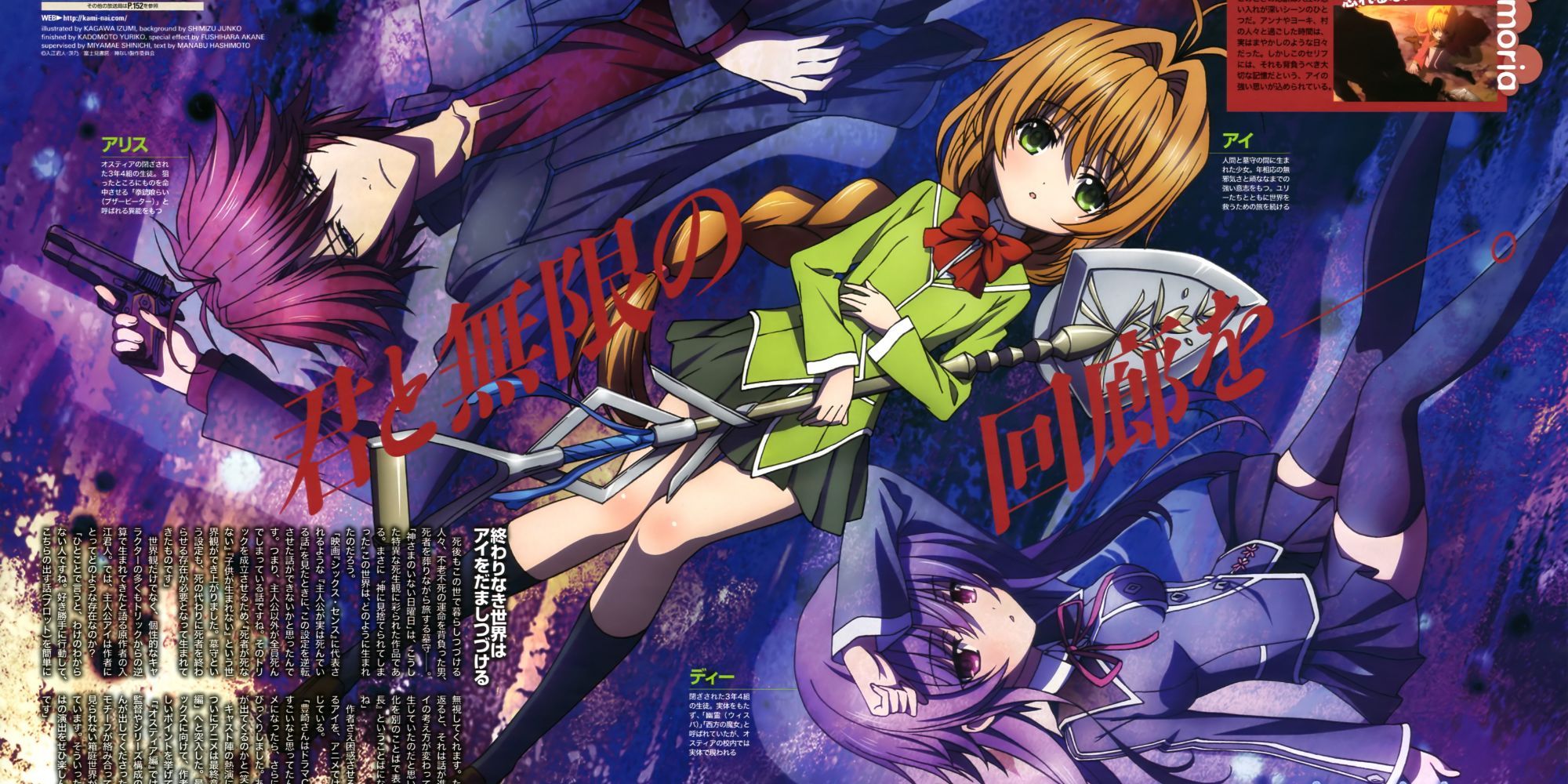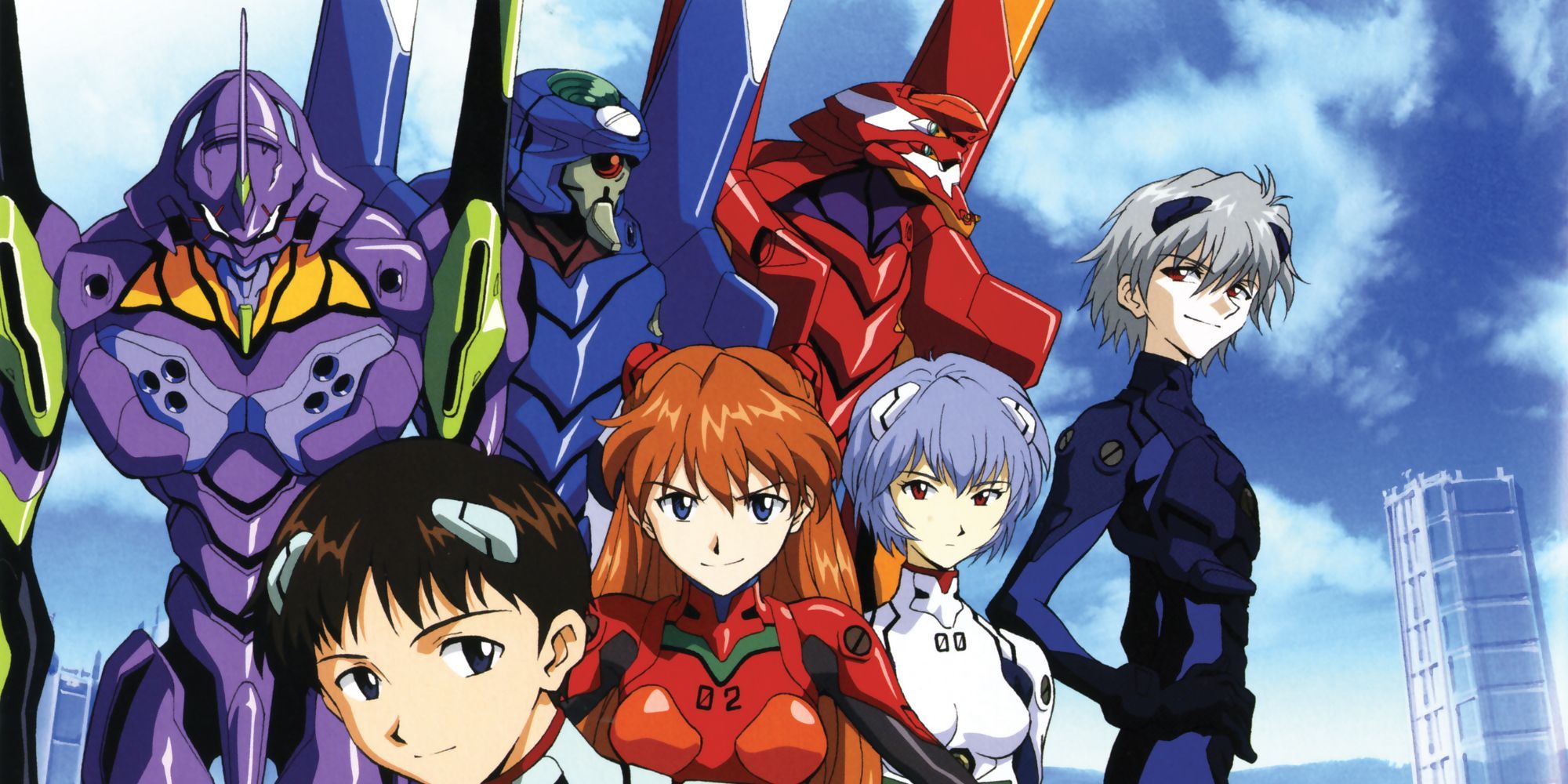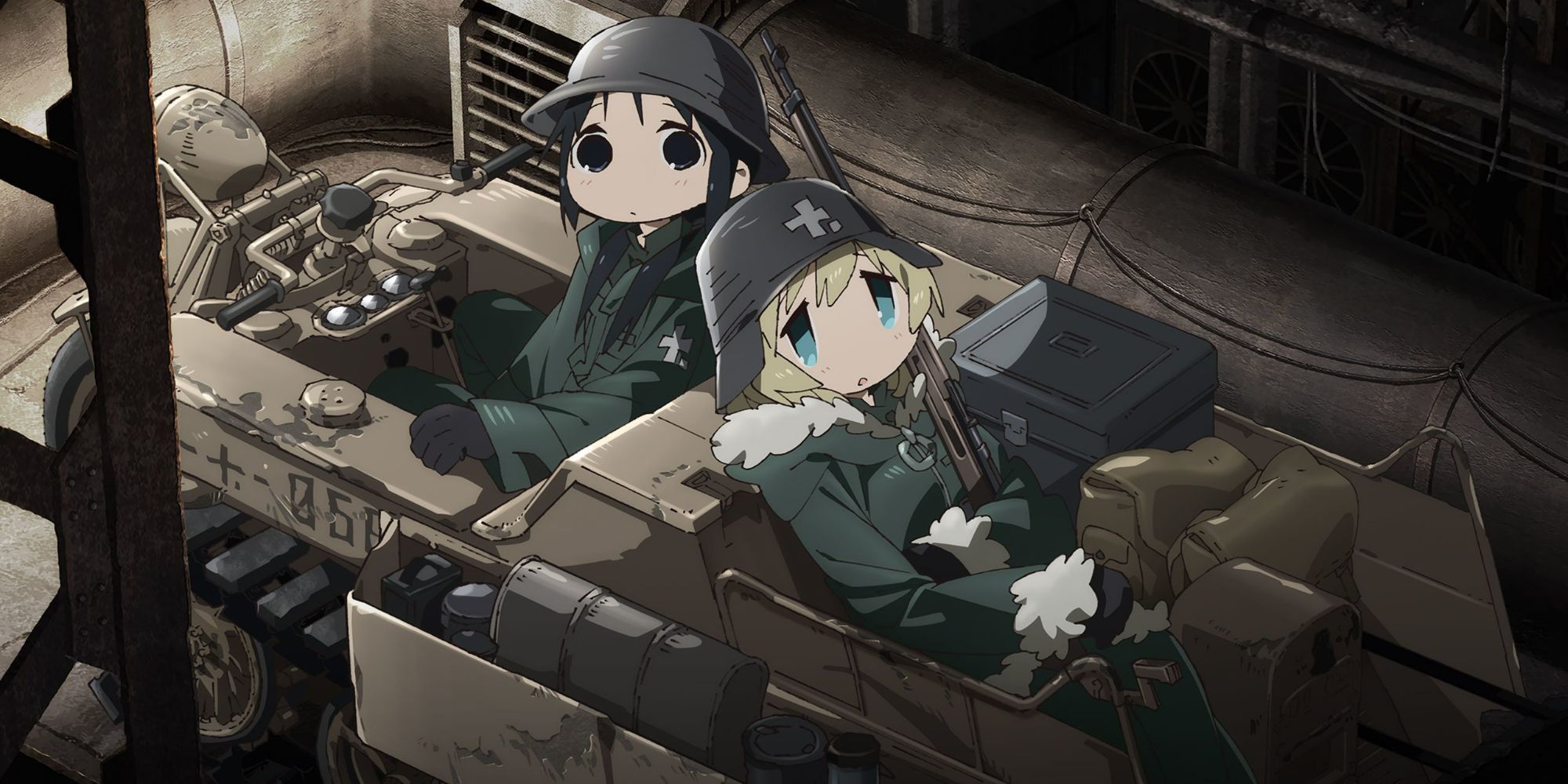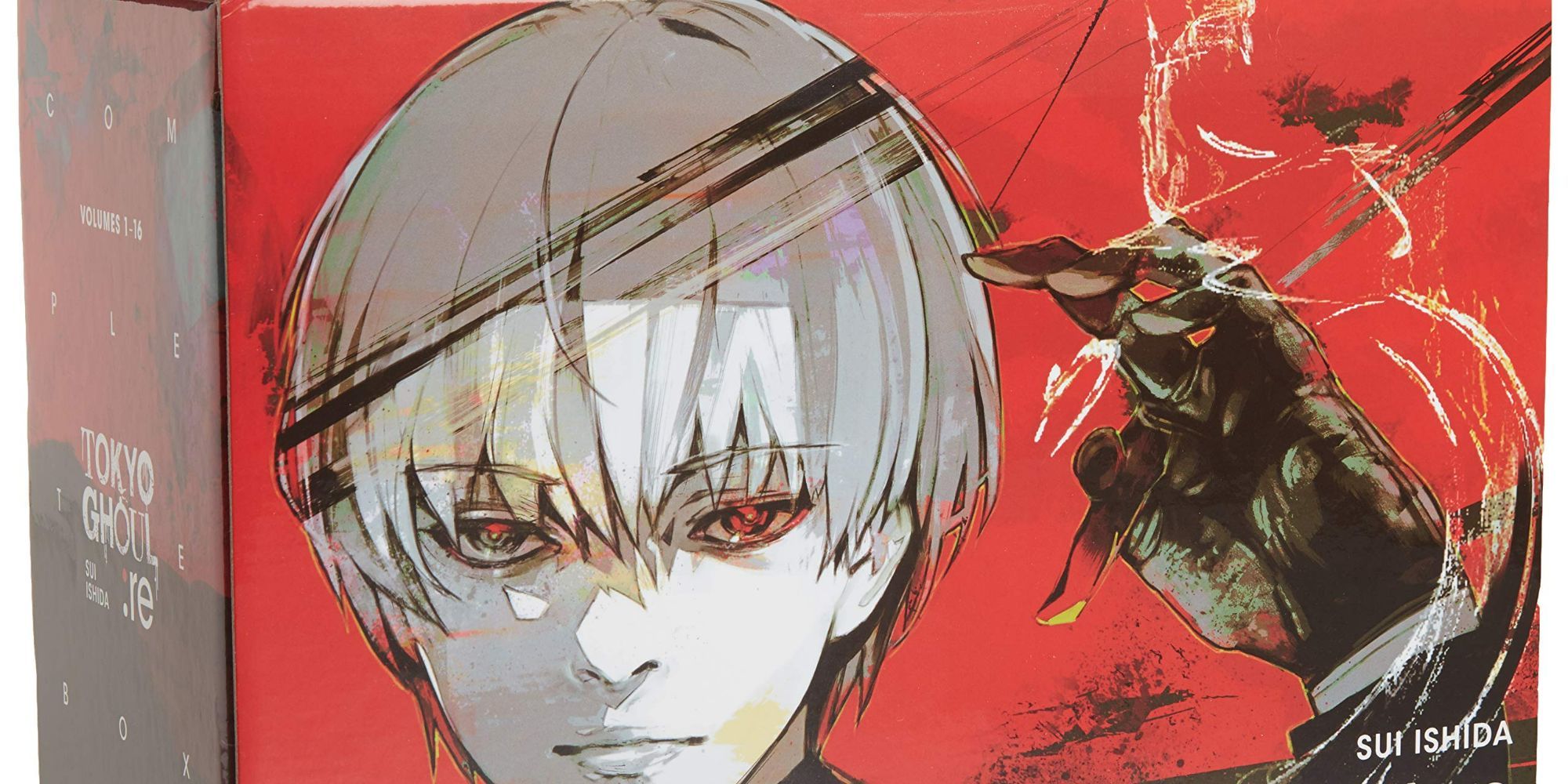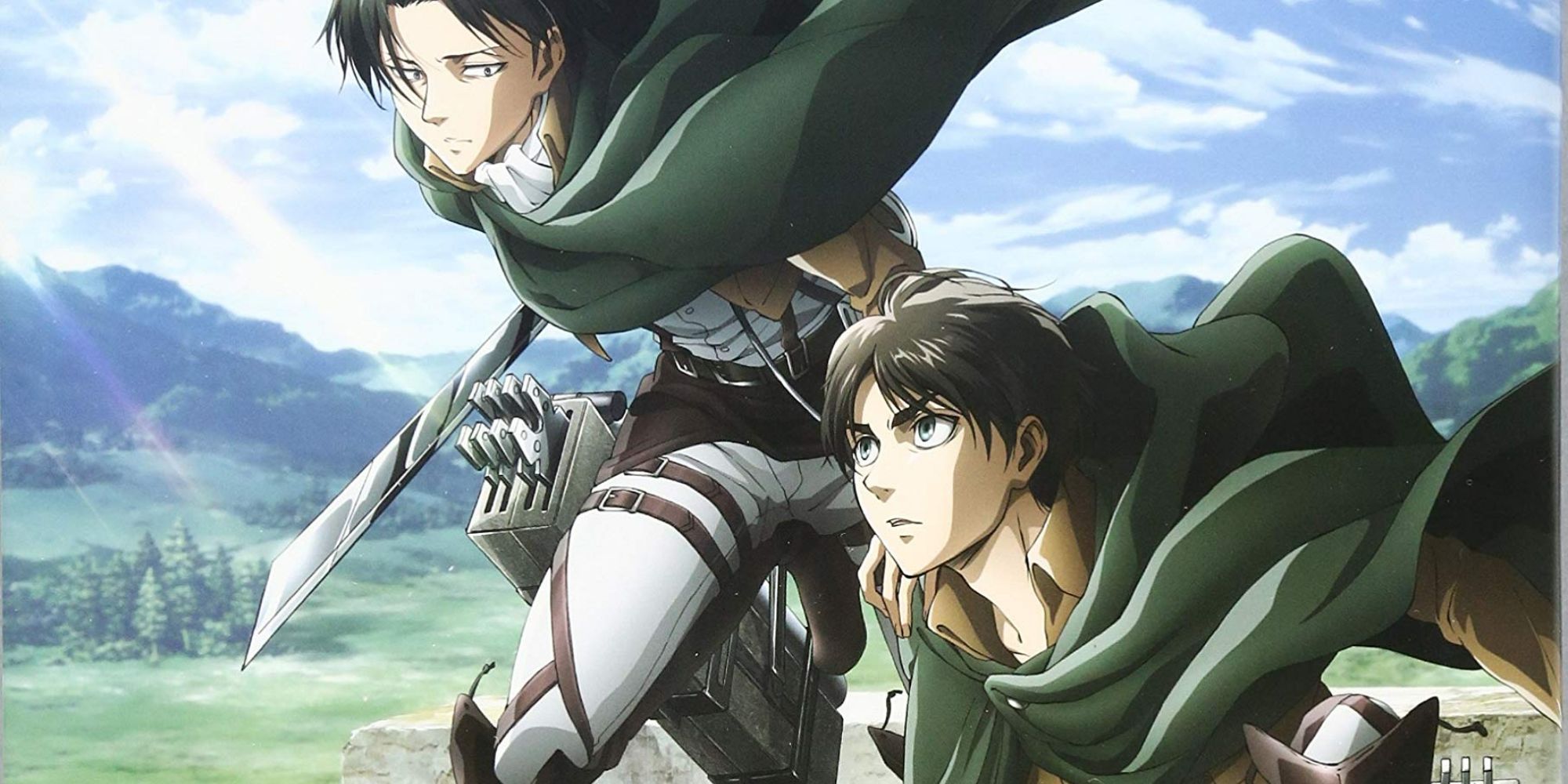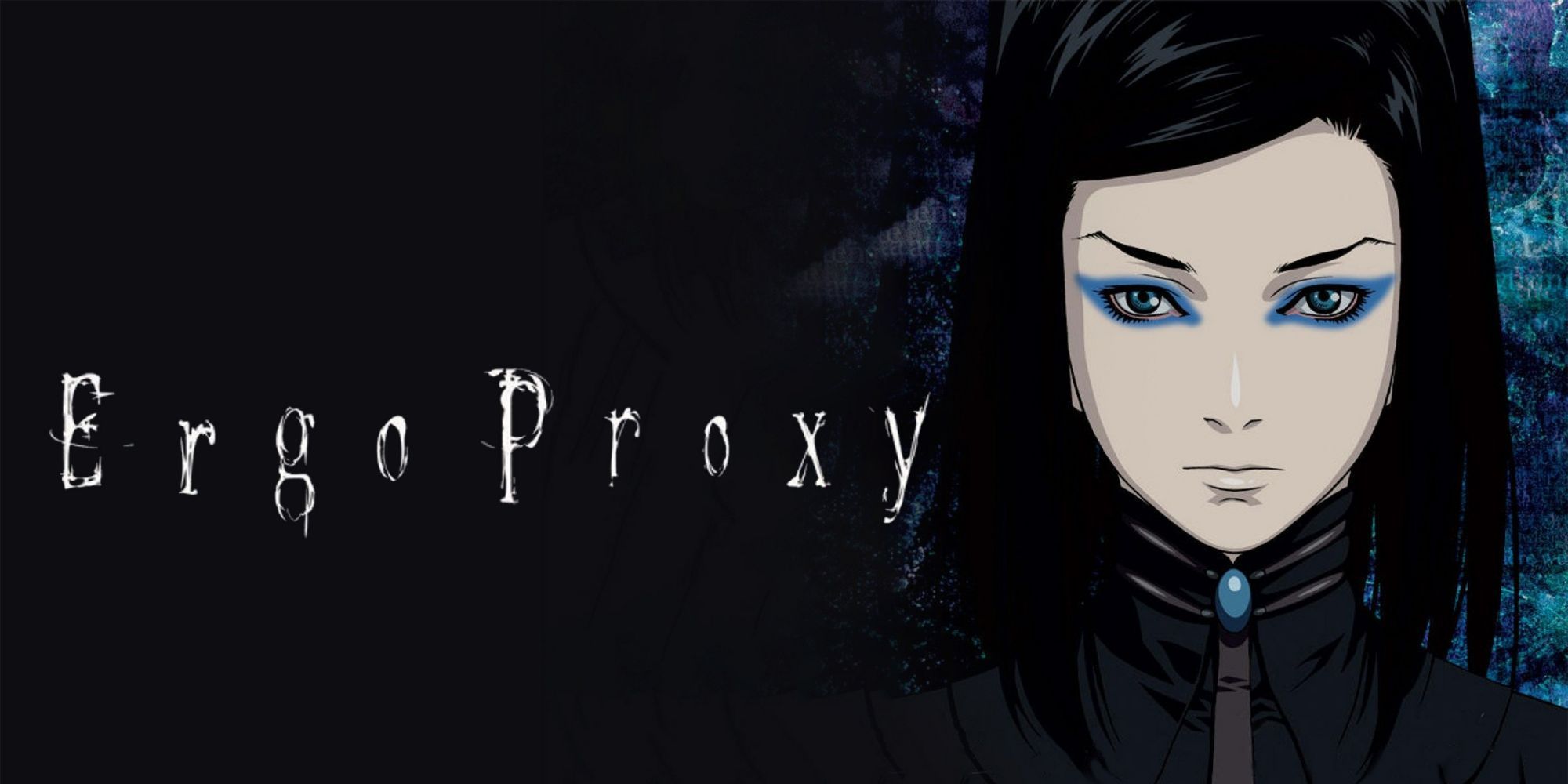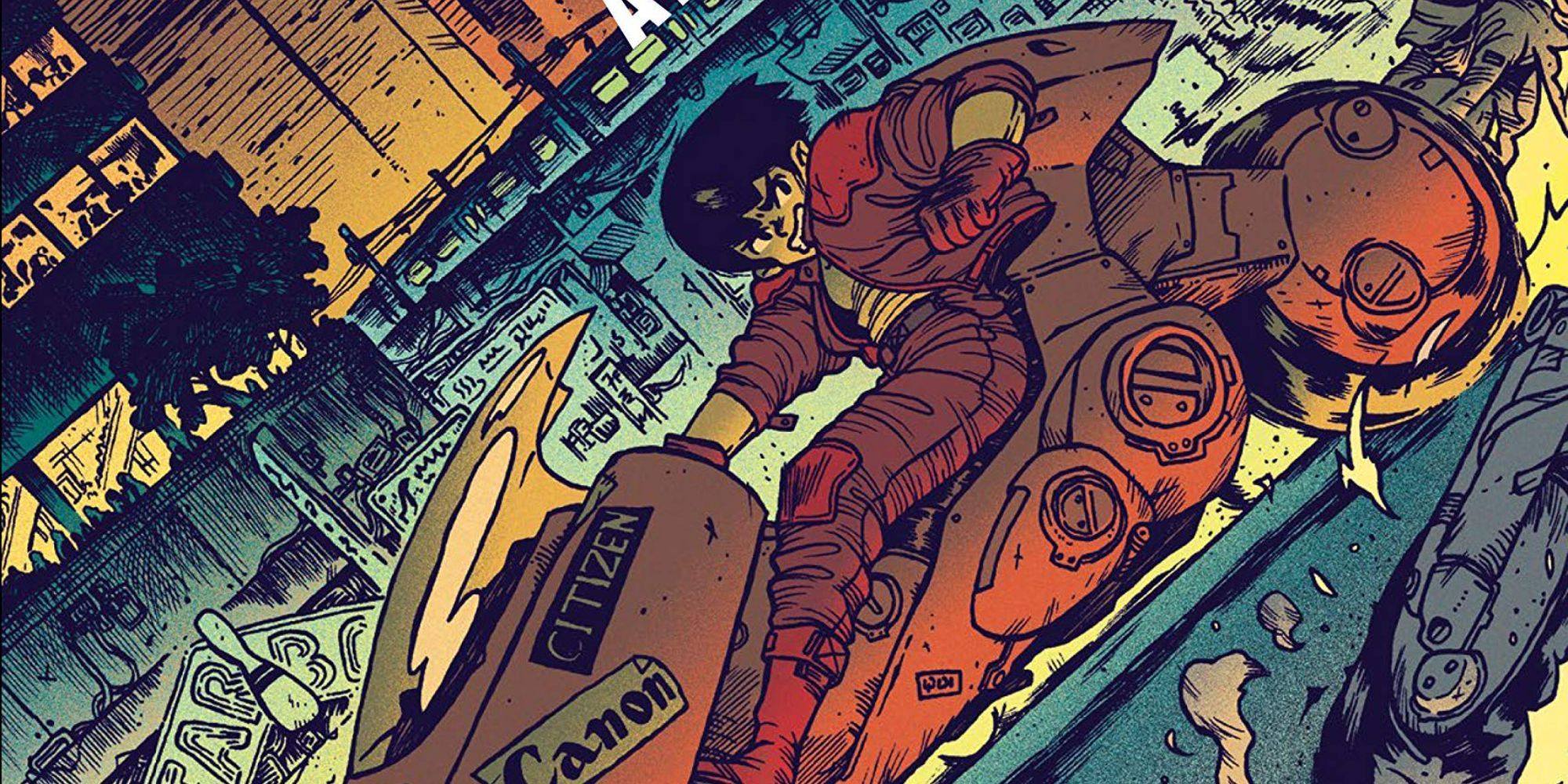The world always seems to be ending in anime. Nuclear explosions, alien plagues, rogue AIs, and a thousand other threats eradicate humanity wherever it shows its face. Yet something almost always crawls from the wreckage. Survivors of the old carry on in the new. Whether the new world looks anything like the old is another matter.
Sometimes the story is about how the world falls, sometimes about how it picks itself back up. Sometimes post-apocalyptic anime just luxuriates in the ruins. Stories about the end allow imaginative leaps to show what could be and make viewers think about what is. Sometimes it's enough to just enjoy the ambiance of a few crumbling buildings.
10 Humanity Has Declined
Humanity Has Declined looks nothing like most post-apocalyptic anime. It is bright, colorful, and zany like the best Saturday morning cartoons. With extinction a looming threat due to resource depletion, humanity turns to fairies to give them sustenance.
Between the wacky premise and cheery visuals, Humanity has Declined easily sets itself apart from most other anime in the genre. Because the protagonist serves as an emissary between humans and fairies, there's plenty of room for hijinks amongst both societies, which the plot takes great advantage of. Beneath the warm exterior lies a multilayered social satire well-worth the plunge.
9 Casshern Sins
What's a sure sign that your planet is in for a rough ride? Having not one but two apocalypses. First, immortal, sentient machines wipe out humanity. Then the robots lose their immortality, igniting the hunt for Casshern, a robot/human hybrid who is the key to restoring robot immortality, but only if he is eaten.
In many ways the opposite of a slice-of-life anime, Casshern Sins works hard to show a world that is truly alien. While the amnesia with which Cassern is afflicted might be a tired trope, the show consistently leverages it in interesting ways as Casshern tries to unravel why everything and everyone wants him dead.
8 Berserk
The definition of a bleak anime world. Berserk is the story of Guts, a mercenary in a dystopian medieval world. Be it with nudity, gore, or cutthroat betrayal, Berserk pulls no punches. This is not an anime for the faint-hearted. For those with a taste for the dark side of the end times, however, Berserk is a masterfully produced journey into war and the psychology of trauma and violence.
Despite the constant violence in which he engages, Guts never becomes a one-note character. His relationship with Griffith and Casca feels natural, their interactions organic, in no small part thanks to the well-constructed dialog. These are characters that most viewers will care enough about to follow anywhere.
7 Sunday Without God
After God abandons earth, humans are no longer able to die and pass to the afterlife except by the hands of Gravekeepers. The show follows two such heavenly appointees on their mission to send souls on their not-so-merry way: kind but naive 12-year-old Ai, and Hampnie, a strange albino man with the power to regenerate.
Sunday Without God is long on melancholy but maintains a brisk pace and features strong enough characterization to keep viewers hooked. The central mystery of why god abandoned earth always lurks in the background, even when Ai and Hampnie have their hands full with more immediate problems.
6 Neon Genesis Evangelion
When mech-like monsters called Angels come to earth and almost destroy it in Neon Genesis Evangelion, 14-year-old Shinji Ikari and other pilots working for the NERV organization use giant mechs called Evas to fight back. Only 14-year-olds born nine months after the Angels first arrived on earth are able to interface with and pilot the Evas, placing tremendous pressure on the few pilots that exist.
Perhaps one reason the series was incredibly financially successful is its nuanced look at the psychological realities of post-apocalyptic life. Shinji is depressed, prone to melancholic introspection, and unable to meaningfully cope with his responsibility as a savior of the world. Yet even as it explores these themes, Neon Genesis Evangelion never forgets to throw in a good mech brawl.
5 Girls' Last Tour
Girls' Last Tour follows through on its post-apocalyptic premise in a way that most shows don't: its protagonists are largely the only characters you see, because everyone else is, well, dead. The cute art style should not mislead one into thinking that the tone is equally cutesy, though it is a funny anime despite its grim setting.
The series's sound design and music are impeccable as Chito and Yuuri travel the world on their motorbike, scavenging for supplies, having snowball fights, and otherwise trying to keep themselves together. A meditative road trip through a deserted world, Girls' Last Tour is painful as only content that truly engages with viewers' empathy can be.
4 Tokyo Ghoul
In Tokyo Ghoul, the titular city is no longer safe. Humanity lives in fear of the monstrous, flesh-eating ghouls that live beside them, using their powers to hide amongst the very humans upon whom they feed.
After a fateful encounter transforms bookish college student Ken Kaneki into a half-human/half-ghoul hybrid, he must lead a new, secret life, lest his terrible secret be discovered. It's an anime with breathtaking visuals, grand, emotional, and violent. Combining superb fight scenes with well-paced character development and meaningful plot twists, Tokyo Ghoul is a masterclass in post-apocalyptic storytelling.
3 Attack On Titan
Attack on Titan is by every metric exquisite. The surviving remnants of humanity are forced to shelter in a fortified city after titans (gigantic, malformed humanoids) rampage across the world, gobbling up everyone in their wake. This is not an anime to watch with kids. The art style and animation, particularly in battle, are an aficionado's delight, but it is the deep and heartbreaking narrative that is the series's real draw.
Attack on Titan is about as violent and soul-crushing as anime gets, but its world is developed (in no small part through this very violence and horror) to an almost unrivaled degree. Attack on Titan has plots upon plots, betrayal upon betrayal, and a cast that viewers will root for even as they're picked off one by one.
2 Ergo Proxy
Ergo Proxy starts with humans being forced to live in protective domes due to an ecological catastrophe. At first, their survival is aided by the presence of android companions called AutoReivs, but when a mysterious virus infects the androids with sentience, the peace between humans and machines abruptly and violently ends.
This pair of catastrophes set the show up for an excellent mystery. Its protagonist, Re-L, is fascinating, with an art style as iconic as the captivating narrative in which she takes center stage. Feeling like a fusion of Ghost in the Shell and Blade Runner, Ergo Proxy is a brilliant mix of sci-fi and mystery and certainly one of the best in the genre.
1 Akira
31 years ago, World War III started after a boy gained psychic powers and a giant explosion shook the world. In the present, the appearance of a new psychic makes people worry that a second, even more cataclysmic explosion could come soon.
Throw in shady politicians, shadier government projects, and perhaps the greatest motorcycle in all of fiction, and there's little wonder why Akira remains one of the most talked-about anime of all time. Its story is beautifully structured and paced, peeling back layers of its world just when viewers want to see beneath. The apocalypse doesn't get much better than Akira.

